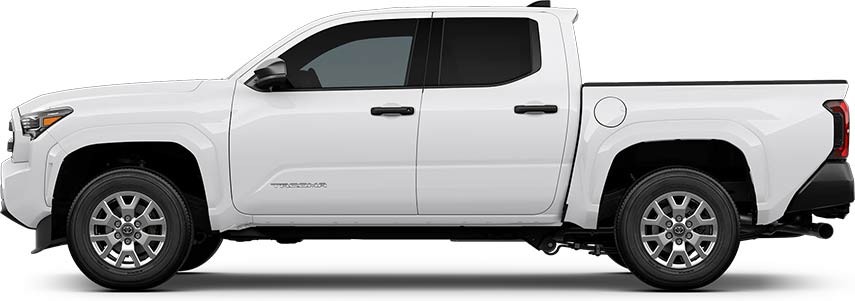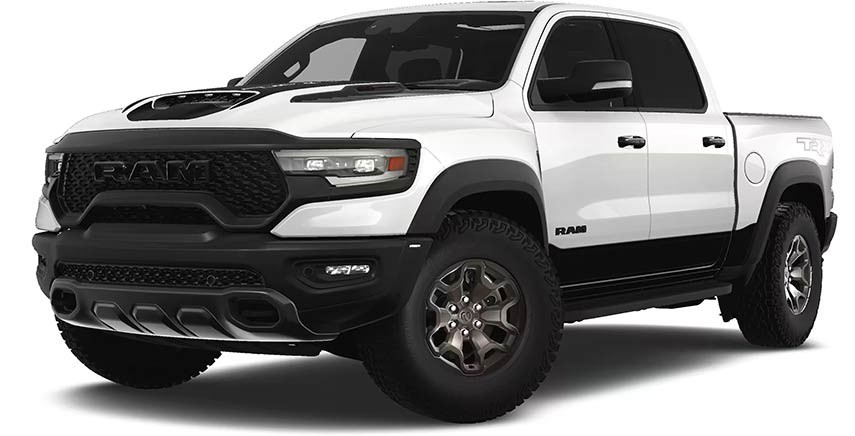When it comes to pickup trucks, the bed is arguably its most defining feature. Whether you’re hauling equipment for work, gear for weekend adventures, or simply managing everyday tasks, understanding Standard Truck Bed Dimensions is crucial. This guide breaks down the typical sizes you’ll encounter, helping you choose the right truck and bed configuration for your needs.
Understanding Standard Truck Bed Dimensions
The term “standard” in truck beds often refers to the most commonly found sizes on the market, primarily for full-size pickup trucks. While variations exist across manufacturers and models, there are generally accepted dimensions that serve as benchmarks. Knowing these standard truck bed dimensions is essential when considering cargo capacity, truck maneuverability, and even when purchasing accessories like tonneau covers, bed mats, and drawers.
Truck bed sizes are primarily categorized by length, measured from the inside front of the bed (just behind the cab) to the inside of the tailgate. Width and depth also play a role, but length is the most commonly discussed dimension. Let’s delve into the typical lengths you’ll find.
Standard Short Bed Dimensions (5’5” – 5’8”)
 Modern midsize pickup truck with a short bed, parked in a suburban street, showcasing its maneuverability.
Modern midsize pickup truck with a short bed, parked in a suburban street, showcasing its maneuverability.
Often found on modern crew cab pickup trucks, the short bed typically ranges from 5 feet 5 inches to 5 feet 8 inches. This size is a common choice for midsize trucks like the Toyota Tacoma, Ford Ranger, Jeep Gladiator, and Chevrolet Colorado. The rise in popularity of crew cabs, offering more passenger space, has naturally led to shorter bed lengths in these segments.
While shorter than other options, these beds still offer considerable utility for many tasks. They are well-suited for carrying items like camping gear, sports equipment, groceries, and smaller home improvement supplies. A significant advantage of trucks with these standard short bed dimensions is their enhanced maneuverability, particularly in urban environments and tight parking spaces.
Standard Bed Dimensions (6’5”)
The standard bed dimension for many modern full-size pickups is approximately 6 feet 5 inches. This size strikes a balance between cargo capacity and overall vehicle length. You’ll frequently find this bed length on popular full-size trucks such as the Ram 1500, Ford F-150, Chevrolet Silverado 1500, and Toyota Tundra, especially when configured with crew cabs.
This standard truck bed dimension offers a versatile cargo area suitable for a wide range of tasks. It can comfortably accommodate furniture, construction materials, and larger recreational equipment. For many truck owners, the 6’5” bed provides an ideal blend of practicality and everyday usability.
Standard Long Bed Dimensions (7’0” and 8’0”)
 Heavy-duty pickup truck with a long bed, loaded with construction materials at a worksite, highlighting its cargo capacity.
Heavy-duty pickup truck with a long bed, loaded with construction materials at a worksite, highlighting its cargo capacity.
For those requiring maximum cargo space, long beds are the answer. Within long beds, there are two common standard long bed dimensions: 7 feet and 8 feet. The 7-foot bed is sometimes considered a standard long bed, while the 8-foot bed represents the longest commonly available option.
Trucks equipped with long beds are often heavy-duty models like the Ford F-250 and F-350, Ram 2500 and 3500, and Chevrolet Silverado 2500 and 3500. These trucks are frequently favored by professionals in industries like construction, farming, and landscaping, where hauling large and lengthy items is a regular requirement. While offering superior cargo capacity, trucks with standard long bed dimensions, particularly the 8-foot option, are less maneuverable and require more space for parking and turning.
Beyond Standard: Exploring Other Truck Bed Dimensions
While the dimensions outlined above represent the most common “standard” sizes, the truck market offers a broader spectrum. Compact trucks like the Hyundai Santa Cruz and Ford Maverick feature shorter beds, around 4 feet and 4 feet 5 inches respectively. These smaller beds prioritize urban usability and fuel efficiency over maximum cargo hauling.
Historically, truck bed sizes varied more widely. Older models, especially those with single or extended cabs, sometimes featured different bed lengths, even in the midsize category. For instance, older midsize pickups could have beds around 6 feet 3 inches, a length not typically found in modern crew cab midsize trucks.
Why Standard Truck Bed Dimensions Evolved
The shift towards shorter standard truck bed dimensions in many modern trucks is largely attributed to the increasing popularity of crew cab configurations. Consumer demand for spacious four-door cabs has led manufacturers to prioritize passenger comfort and space, often at the expense of bed length.
Today, many truck owners use their vehicles as daily drivers, family vehicles, and for recreational purposes, rather than solely for heavy-duty work. For these users, the added passenger space of a crew cab and the improved maneuverability of a shorter bed are more valuable than the maximum cargo capacity of a long bed. This trend has pushed long beds primarily to the realm of heavy-duty trucks designed for commercial and heavy-duty applications.
 A split image comparing a short bed truck maneuvering easily in city traffic and a long bed truck struggling to park, illustrating maneuverability differences.
A split image comparing a short bed truck maneuvering easily in city traffic and a long bed truck struggling to park, illustrating maneuverability differences.
Choosing the Right Standard Truck Bed Dimensions for Your Needs
Selecting the appropriate standard truck bed dimensions depends heavily on your intended use.
-
For Everyday Use and Occasional Hauling: A short bed (5’5” – 5’8”) or a standard bed (6’5”) on a midsize or full-size truck often suffices. These offer a good balance of cargo space and maneuverability. For the occasional longer item, accessories like bed extenders can provide additional length.
-
For Work and Frequent Heavy Hauling: If you regularly transport long materials like lumber, plywood, pipes, or frequently need to maximize cargo volume, a long bed (7’ or 8’) is likely the best choice. Consider a heavy-duty truck to handle the increased payload capacity that often accompanies longer beds and work-related tasks.
-
For Off-Roading and Tight Spaces: Shorter beds generally offer better departure angles and are easier to maneuver on trails and in confined spaces. If off-roading is a priority, a short bed might be preferable.
Ultimately, understanding standard truck bed dimensions and how they relate to your specific needs is crucial when choosing a pickup truck. Consider how you plan to use your truck most often and select a bed size that aligns with those requirements. Regardless of the bed size you choose, protecting your truck bed with a durable bed liner, like those offered by DualLiner, is a smart investment to maintain its condition and longevity.
[
